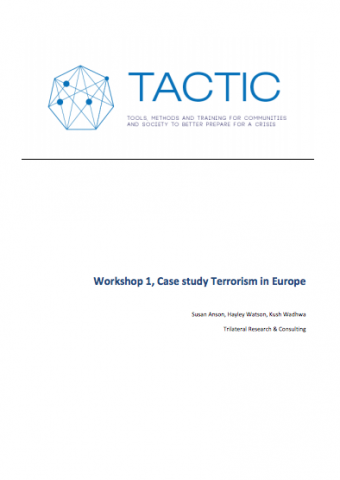Analysis of legislation related to disaster risk reduction in Nepal

The geology, topography and tropical location of Nepal means that the country is faced with frequent natural hazards or risks that can lead to disasters causing displacement, loss of life, property and livelihoods. These include the annual monsoonal rains, frequent forest fires and a level of seismic activity that could lead to a major earthquake at any time. These natural occurrences and risks are in turn exacerbated by environmental degradation, deforestation and soil erosion, leading to a greater likelihood of devastating flash floods and landslides, while glacial melt associated with climate change has increased the risk of glacial lake outburst floods.
International Federation of Red Cross and Red Crescent Societies
